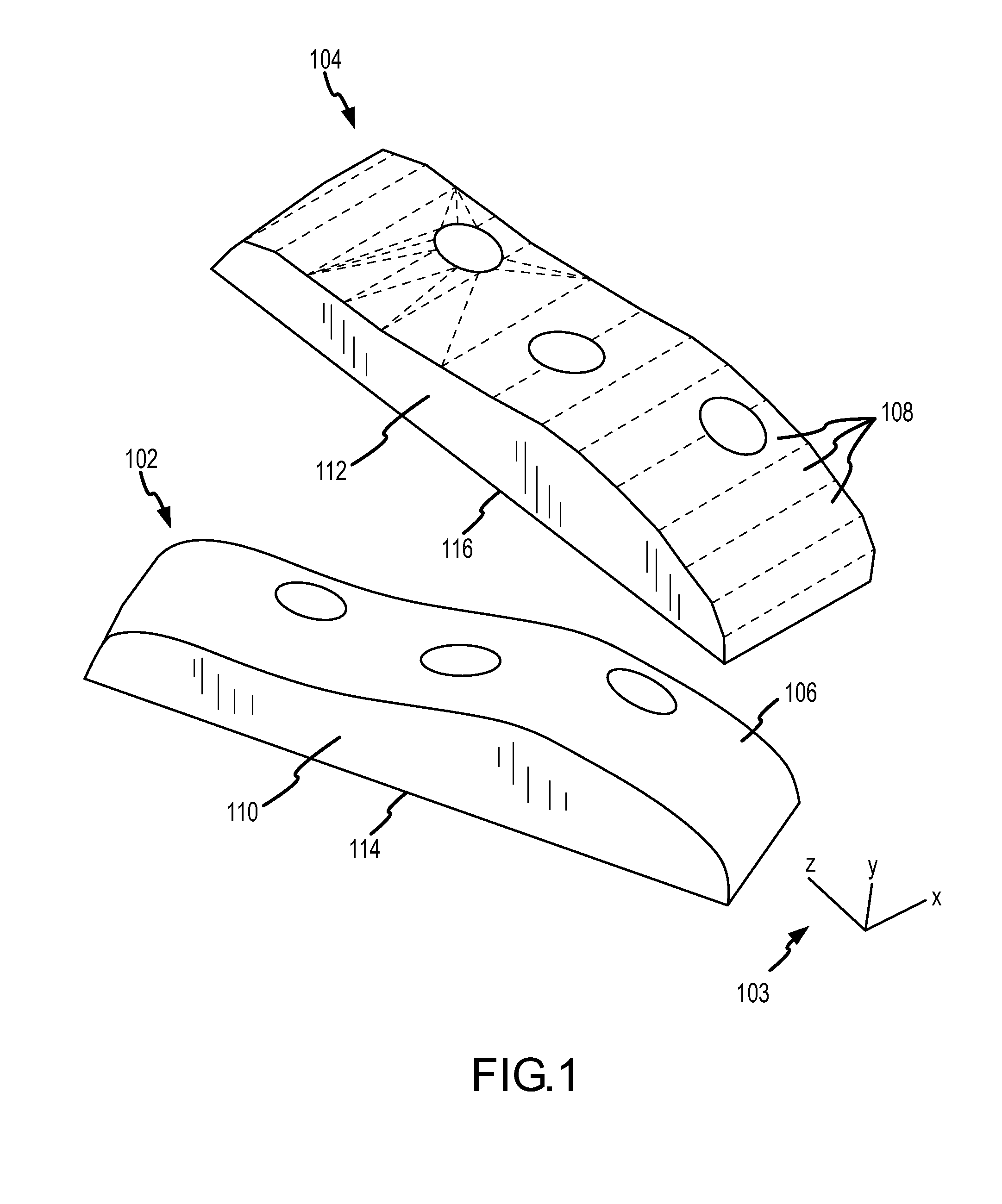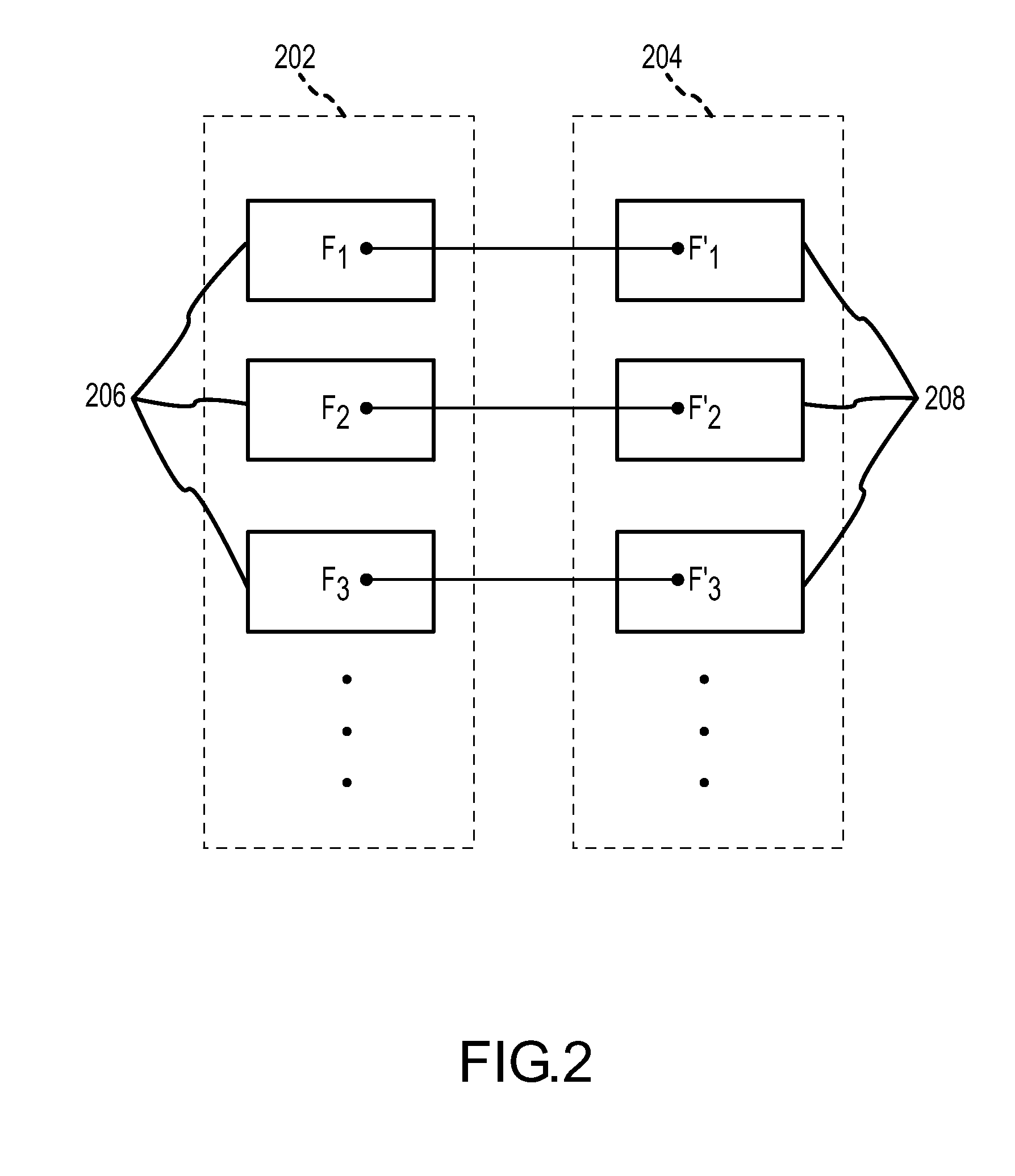Methods and apparatus for automated part positioning based on geometrical comparisons
a technology of geometric comparison and automatic positioning, applied in the field of assemblies, can solve the problems of inability to achieve accurate positioning, and inability to achieve mass properties of the target model,
- Summary
- Abstract
- Description
- Claims
- Application Information
AI Technical Summary
Benefits of technology
Problems solved by technology
Method used
Image
Examples
Embodiment Construction
[0014]The following detailed description is merely exemplary in nature and is not intended to limit the invention or the application and uses of the invention. Furthermore, there is no intention to be bound by any expressed or implied theory presented in the preceding technical field, background, brief summary or the following detailed description. It should be appreciated that any processing steps described as being performed by a computer system, microprocessor, or software may in fact be realized by any number of hardware, software, and / or firmware components configured to perform the specified functions. For the sake of brevity, conventional techniques and systems used in connection with computer-aided design (CAD), geometric modeling, and graph theory are not described in exhaustive detail herein.
[0015]In general, the present invention relates to a method of determining a rigid motion between a first model (e.g., a “master” model of a part) and a second model (e.g., a “target” ...
PUM
 Login to View More
Login to View More Abstract
Description
Claims
Application Information
 Login to View More
Login to View More - R&D
- Intellectual Property
- Life Sciences
- Materials
- Tech Scout
- Unparalleled Data Quality
- Higher Quality Content
- 60% Fewer Hallucinations
Browse by: Latest US Patents, China's latest patents, Technical Efficacy Thesaurus, Application Domain, Technology Topic, Popular Technical Reports.
© 2025 PatSnap. All rights reserved.Legal|Privacy policy|Modern Slavery Act Transparency Statement|Sitemap|About US| Contact US: help@patsnap.com



